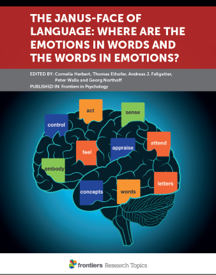
Research Topics
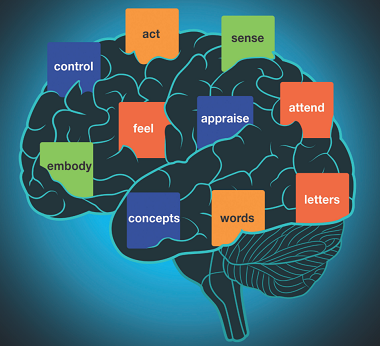
Emotion, Feelings and Language aims at understanding how emotions are conveyed by words and how language processing interacts with perception and action in the body and the brain. The different research projects investigate questions such as:
- How can words elicit emotions and feelings?
- If putting feelings into words, how does it shape emotion perception; emotion regulation and behavior, e.g., approach and avoidance or affective decision making?
- How are words perceived and appraised by self and others in healthy people and people with mental disorders, e.g. depression, schizophrenia or personality disorders?
We use neurophysiological, behavioral and self-report measures, own experimental paradigms and computer-assisted linguistic analysis tools to determine the role of language in social communication and social interaction. Understanding how language, perception, feelings and behavior interact and influence each other is fundamental for the development of novel technology-driven language applications including those based on machine learning and artificial intelligence in human-human vs. human-computer interactions.
Projects
- Processing preferences for self-related emotional words as markers of cognitive vulnerability and well-being – cerebral and behavioral correlates and mechanisms.
Funded by the German Research Foundation, DFG. - Affective Judgements – Comparisons across Languages.
Multicenter collaborative project. - Developing international collaborations for students in affective neurolinguistics.
Funded by DAAD/PROMOS. - Social Grammar.
Funded by the NSC, National Science Center.
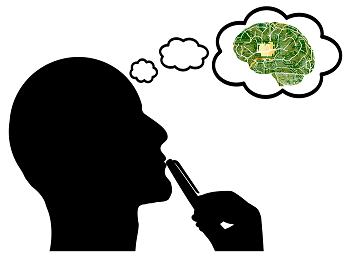
Body, Language and the Self investigates the mental concepts and multisensory representations of the body. The different projects use neurophysiological, behavioral and self-report measures in combination with linguistic paradigms to measure body image, body dissatisfaction as well as implicit attitudes towards the body (bodily self). Our research aims at determining the interactions between prereflective and reflective as well as non-linguistic and linguistic aspects of the self, body ownership, agency and changes therein in children and adults at risk of eating disorders or suffering from mental disorders (schizophrenia). Understanding interactions between Body, Language and the Self addresses core problems from the disciplines of philosophy, ethics, psychology, neuroscience, and computer science.
Projects
- The bodily and linguistic self. Exploring the link between linguistic self-representations, the bodily self and the subjective experience of body ownership and agency.
Funded by the German Research Foundation, DFG. - “Sense and Feel”: Processing of bodily and affective information in children with major depression or anorexia nervosa and healthy adults with and without risk of depression.
Collaborative multicenter project.
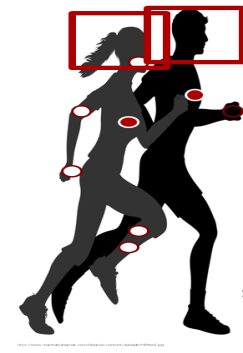
Exercise, Physical Activity and Well-Being investigates the effects of physical activity, acute exercise and exercise interventions on cognition, emotion, behavior change, mental health and well-being in controlled laboratory studies and in cross-sectional cohort studies. In randomized controlled trials we develop, investigate and evaluate the effects of own exercise interventions (for supervised and home-based training by different age-groups). We use neuro- and psychophysiological measures as well as own experimental paradigms and computer-assisted linguistic tools in order to get insight into the self-regulatory, cognitive, affective, and motivational states and personality traits that promote physical activity, exercise adherence and exercise-related changes in well-being in sedentary as well as physically active participants including athletes. Furthermore, we investigate the interaction between cognition, motor-control and locomotion under controlled laboratory conditions (gait, treadmill walking).
Projects
- Fit & Well: RCT-studies comparing the effects of different exercise interventions against the effects of non-exercise interventions vs. waiting list on mental health and well-being including mood, stress, emotion- and self-regulation, and quality of life.
- E-Move: Physical activity studies investigating personality, cognitive and affective profiles of physically active vs. sedentary people.
- Brain in Motion investigates the neural markers of self-paced movements, motor-control and locomotion under single and dual-task conditions.
- Physical Activity Workshops for the Elderly
- Active Lecture for Students
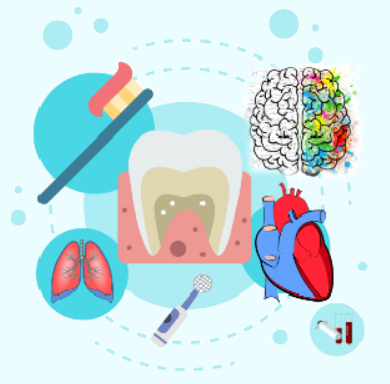
Oral Health and Well-Being investigates the role of psychological and neuropsychological factors in dental medicine and dental disorders. We focus on the relationship between oral health, mental health, stress and lifestyle-related diseases and examine the effects of psychological tasks, psychoeducative tools and interventions for oral health communication and self-regulatory oral health prevention.
Projects
- Oral Health and Behavior Regulation. Multicenter project.
Funded by bredent GmbH. - Oral Health and Body Check for Students.
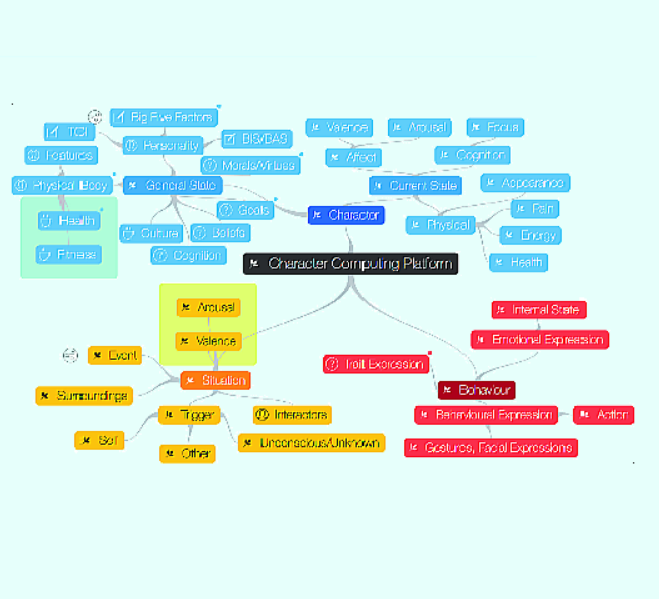
Character Computing is a novel field of Behavior Computing that combines Psychology and Computer Science and Affective and Personality Computing, natural language, linguistic analysis, ontologies and machine learning (supervised learning and deep learning). It addresses ethical and privacy aspects of data sharing and privacy awareness. Psychologically-driven Character Computing has been co-developed by Cornelia Herbert together with colleagues from computer science of the GUC (German University in Cairo, Egypt). Privacy aspects are investigated in cooperation with the Institute of Embedded Systems of Ulm University.
Projects
- Cross-Cultural, Multilingual and Psychologically-Driven Computational Approaches to Character Computing - Computer Science meets Psychology.
Funded by the DAAD/BMBF.
Workshops und Summer/Winter Schools:
- Herbert, C. (2019). Analyzing Humans. Crossing Borders. Psychology Meets Computer Science. Dec. 2019, Ulm University.
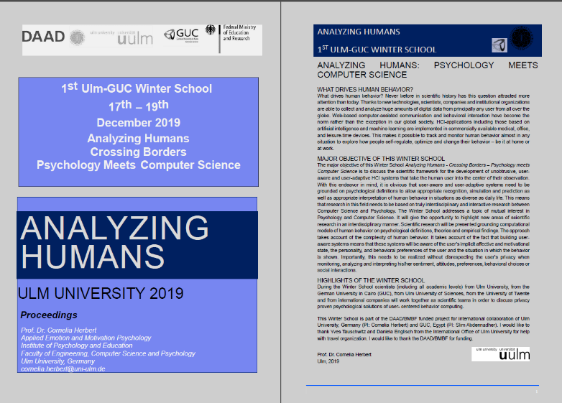
Books, Book Chapters and Special Issues

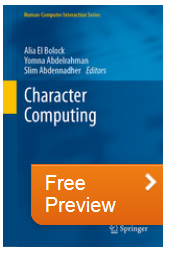
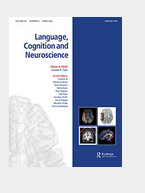
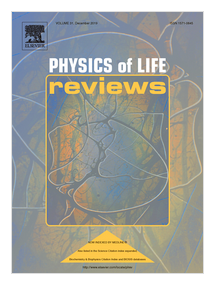
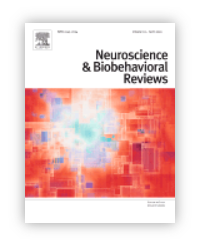
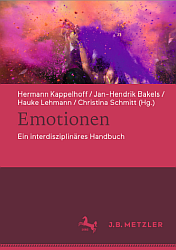
Herbert, C., Ethofer, T., Fallgatter, A. J., Walla, P., & Northoff, G. (2018). The janus face of language: Where are the emotions in words and where are the words in emotions?. Frontiers in Psychology, 9, 650. https://www.frontiersin.org/research-topics/2202/the-janus-face-of-language-where-are-the-emotions-in-words-and-the-words-in-emotions
Editorial: Herbert, C., Ethofer, T., Fallgatter, A. J., Walla, P., & Northoff, G. (2018). The janus face of language: Where are the emotions in words and where are the words in emotions?. Frontiers in Psychology, 9, 650. https://www.frontiersin.org/articles/10.3389/fpsyg.2018.00650/full
Herbert, C. (2020). An Experimental-Psychological Approach for the Development of Character Computing. In Character Computing (pp. 17-38). Springer, Cham.
Herbert, C., El Bolock, A., & Abdennadher, S. (2020). A Psychologically Driven, User-Centered Approach to Character Modeling. In Character Computing (pp. 39-51). Springer, Cham.
El Bolock, A., Abdennadher, S., & Herbert, C. (2020). Applications of Character Computing from Psychology to Computer Science. In Character Computing (pp. 53-71). Springer, Cham.
Herbert, C. (2019). Where are the emotions in written words and phrases? Commentary on Hinojosa, Moreno and Ferré: Affective neurolinguistics: towards a framework for reconciling language and emotion (2019).
Language, Cognition and Neuroscience, 1-6.
Herbert, C. (2015). Human emotion in the brain and the body: Why language matters: Comment on "The quartet theory of human emotions: An integrative and neurofunctional model" by S. Koelsch et al. Physics of Life Reviews, 13, 55.
Stefanova, E., Dubljević, O., Herbert, C., Fairfield, B., Schroeter, M. L., Stern, E. R., ... & Drach-Zahavy, A. (2020). Anticipatory feelings: neural correlates and linguistic markers. Neuroscience & Biobehavioral Reviews. https://www.sciencedirect.com/science/article/abs/pii/S0149763419300570
Herbert, C. (2019). Zum Zusammenhang von Sprache, Emotion und Körperlichkeit aus Sicht von Psychologie und Neurowissenschaft. In Emotionen (pp. 272-281). JB Metzler, Stuttgart.
Research Methods and Labs
Our department is equipped with two neurophysiological laboratories and a mobile lab.
The Brain Lab provides a treadmill with pressure plates, stationary and mobile EEG-fNIRS neuroimaging devices as well as peripheral-physiological amplifiers for registration and analysis of brain activity, electroocular activity, heart rate, skin-conductance and facial muscle activity during treadmill walking or while processing affective, motivational, and cognitive tasks.
The Sports-Physio-Lab is equipped with ergometer and virtual reality training software, a massage chair and cardiorespiratory monitoring devices for laboratory controlled psychophysiological investigations of acute and regular exercise and relaxation interventions.
The Mobile Lab is primarily equipped with mobile and wireless devices (EEG, Physiology) for ambulatory monitoring of e.g. cardiorespiratory fitness, heart rate variability, startle reflex modulation, gait analysis and electromyographic recordings. Laboratory studies are complemented by online survey, cohort and experimental studies on emotion, language, exercise, physical activity, and well-being.
BRAIN LAB SPORT-PHYSIO-LAB MOBILE LAB
